Microsoft is running a retro-styled advertising campaign tied into the new third season of Netflix's "Stranger Things" TV series, which is set in 1985. It promotes fake nostalgia for a romanticized Windows launch that in reality was only scoffed at as underpowered, poorly-built vaporware at the time.
Nostalgia for a time that didn't exist
This week, Microsoft's social media accounts began posting retro-styled images featuring Windows, Word, Excel, and Flight Simulator with the date 1985 and the tagline "With Excel, Chart, and even Flight Simulator, there's no telling where Microsoft and the power of Windows will take you this summer."
The company also posted the image of a typewritten letter dated July 8, 1985 that portrayed "Windows 1.11" as an "ultramodern new product" and said that the company believes it "has the potential to become the operating system of choice for customers around the world."
Both present strangely dishonest revisions of history. In 1985, Windows wasn't even an operating system and the company's own Windows applications weren't released until many years later. Windows itself didn't even begin to become popular until 1990. Even most of the images of old boxes and manuals from 1985 that Microsoft portrayed clearly state "for Apple Macintosh Systems," with the rest being for DOS PCs, not Windows.
With Excel, Chart, and even Flight Simulator, there's no telling where Microsoft and the power of Windows will take you this summer. pic.twitter.com/sEHLuXysXn
— Windows (@Windows) July 2, 2019
Why is Microsoft faking a warm, nostalgic legacy for Windows in the 1980s that didn't really exist? Because the real history of Windows is far more embarrassing and rather shameful. It was underhanded, underpowered, unambitious vaporware.
Microsoft wasn't a big deal in the early 1980s
Rather than being an "ultramodern" "operating system of choice" that launched in 1985, Windows 1.0 was a bare-bones attempt at being a DOS program launcher that could run multiple text-based applications within graphical windows— and they couldn't even overlap on the screen. It trailed every other significant graphical computing product on the market, and was literally laughed at and was regarded as a flop.
Apple and Microsoft were both first incorporated in the mid-70s. But while Apple rapidly became successful as a hardware maker with the popular Apple II line, Microsoft largely wrote software on contract to be bundled on other maker's hardware— including the Apple II's AppleSoft BASIC.
In 1981, when Apple's new Macintosh team was drafting plans for a modern, advanced, easy to use successor for the Apple II, IBM launched itself into the personal computer business with the PC. Andy Hertzfeld, an early member of the Mac team, recalled that in comparison to what Apple was working on the new IBM PC "seemed like ancient history the day it came out," with simplistic hardware and clunky Microsoft DOS software "that seemed like a clone of an earlier system, CP/M," along with some embarrassing games written in BASIC.
"The most embarrassing game was a lo-res graphics driving game called 'Donkey.'" Hertzfeld wrote, noting that the "concept of the game was as bad the crude graphics that it used." The game's credits listed its authors as Bill Gates and Neil Konzen. "We were amazed that such a thoroughly bad game could be co-authored by Microsoft's co-founder, and that he would actually want to take credit for it."
That same year, Apple's founder Steve Jobs had brought in Gates to see a demo of the new Mac in development and to form a deal to enable Microsoft to build new graphical apps for it in advance of its launch. As part of the deal, Microsoft agreed not to release any competing mouse-based software until a year after the Mac was introduced, which was supposed to occur in late 1982. However, both companies fell behind in their ambitious plans to ship the Mac with completed software.
Microsoft invents vaporware with Windows 1.0
By 1983, Microsoft had only working prototypes of its graphical Mac apps Multiplan (later renamed Excel), Chart and Word, and Apple had delayed the Mac's launch until 1984. But late in 1983, Microsoft publicly announced its plans to ship a graphical environment for DOS PCs called Windows, along with a mouse-based version of Word for DOS. At the time, it was considered dishonest to announce products that didn't really exist.
For years, Microsoft had been probing Apple for details on how the Mac worked, particularly about how it handled features beyond what Xerox had developed. After Microsoft's initial vaporware announcement in 1983, Apple was outraged that Microsoft was trying to take credit for a copy of its own work. However, because the contract had stipulated an embargo date in late 1983, Microsoft was legally able to announce a Mac competitor before the Mac could ship.
Even so, it took two more years before Microsoft actually delivered a 1.0 version of Windows in late November of 1985, and that version was terrible. Windows 1.0 wasn't a PC operating system, but rather simply a graphical front end for DOS. And rather than being a real competitor to the Mac, it couldn't even handle overlapping windows or proportional fonts. Jobs had stated that he wasn't worried about Microsoft because he didn't think the company was capable of actually delivering anything.
Microsoft itself had just coined the term vaporware, and after the launch of Windows 1.0 it roasted itself as having perpetuated Windows as an unfinished concept across four different product managers until Tandy Towers finally shipped an initial release, albeit one that was barely functional and had nearly zero commercial appeal. There was effectively no Windows-specific software apart from some ultra-basic applets Microsoft shipped it with, but Microsoft was hoping that it could leverage existing DOS apps to run in a hybrid text/graphical system to save money and effort.
Microsoft had originally hoped to license the product to IBM, but IBM wasn't interested and instead focused on OS/2, its modern OS successor to MS-DOS. Throughout the 80s, Microsoft publicly described Windows as an interim project that would ultimately be rolled into IBM's OS/2.
Nobody considered Windows to be a significant product across its first couple major releases. When Jobs was interviewed by Playboy in 1985 shortly before he was pushed out of Apple, he referred to IBM as Apple's primary competitor 58 times, but never even mentioned Microsoft once.
Microsoft Windows wasn't even a viable product until 3.x in 1990
Microsoft didn't deliver a Windows version of Excel until Windows 2.0 shipped at the end of 1987. In fact, it had been contractual obligated not to, in exchange for a license to elements of Apple's 'visual displays' work on the Macintosh for Windows 1.0.
Windows 2.0 was still clunky, but increasingly borrowed from work Apple had done on the Macintosh. Word for Windows first appeared in 1989.
After Microsoft shipped Windows 2.0, Apple filed a lawsuit against the company for taking more of its graphical work, but that case was effectively dismissed by a judge who broadly interpreted the license Apple had granted Microsoft to include all of the work done for Macintosh, in perpetuity across all future versions of Windows. When Windows 3.0 shipped, it even more liberally appropriated Apple's work and portrayed it as Microsoft's own.
Windows wasn't even bundled preinstalled on new PCs until version 3.0 shipped in 1990, and therefore was neither popular nor even commonly in use among PC users in the 80s at all. By 1990 PC makers, lead by Zenith, were finding it virtually impossible to sell DOS PCs to education because Macs were so much more advanced.
PC makers began turning to Microsoft as the only viable way to make their PCs look more like a Mac in the early 1990s. Apple continued to appeal its "look and feel" lawsuit against Microsoft in 1992 and 1994, but was unable to reverse the decision that essentially handed all of its pioneering Macintosh work to Microsoft in exchange for nothing.
Microsoft's biggest break occurred five years later the end of 1995 with the release of Windows 95. With virtually all of Apple's claims to its own work legally erased, Microsoft grabbed everything from the Mac and left a generation thinking that Microsoft, not Apple, had developed modern graphical computing. That version introduced the first version of Flight Simulator for Windows along with Microsoft's bundle of Office 95 apps that entrenched Windows as the leading platform for PC users by shamelessly copying the Mac while erasing any market for alternatives to Windows among PCs.
That makes it just plain nutty that Microsoft is today trying to suggest that Windows was "ultramodern" or was in any way blazing any trails ten years prior in 1985, or pretending that Excel, Word or Flight Simulator were all part of the mid 80s excitement of Windows— a product virtually nobody used within that entire decade.
Notably, Microsoft didn't pass Apple in revenues until 1996. It first surpassed Apple in profitability in 1990— largely because Microsoft had minimal development costs and massive profit margins from licensing software rather than designing and developing actual computing systems.
The race to bring Xerox PARC tech to the masses
Across the first half of the 80s, a number of companies had been working to usher in the future of graphically-based personal computers. Following groundbreaking work performed at Xerox PARC, and the failure of its own $16,000 Xerox Star in 1981, Xerox invested $1 million into the relatively new Apple Computer, which had demonstrated an ability to mass market its computers to individuals. Apple first released its $10,000 Lisa in 1983, followed by the $2,500 Macintosh in 1984.
Apple recognized that third-party software was essential to selling its hardware. The original Apple II had found its initial success with the release of the VisiCalc spreadsheet. But by 1982, the company behind VisiCalc took aim at releasing its own mouse-based, graphical operating environment for PCs called VisiON. The task proved ambitious and the company fell apart before delivering an affordable product.
The next year, Apple's Lisa bundled a complete package of Apple's own software with the system, but like the Xerox Star, it was so expensive that it only aimed at corporations that could spend lots of money on a complete network of high-end computing systems.
In order bring the simpler, less expensive Macintosh to market faster at a price affordable to individuals, Apple's Mac team worked with a series of third-party developers to create a library of fully-graphical Mac software that could take on the increasingly popular but far less sophisticated IBM PC. Microsoft partnered with Apple as a Mac app developer because Microsoft had struggled to sell its PC software to individuals and companies directly; its business was coming mainly from bundling and licensing deals and it faced lots of competition in the PC app market.
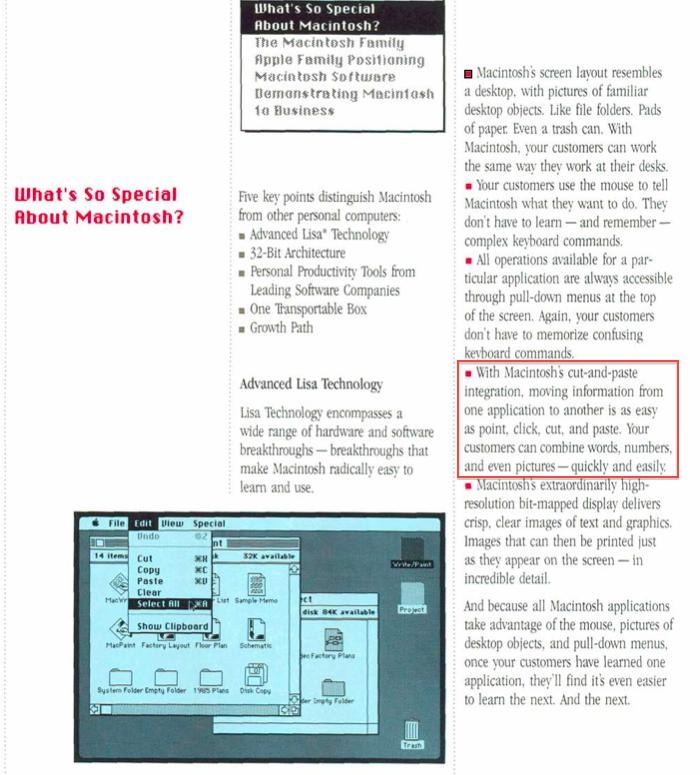 Apple did groundbreaking work to develop the Mac. Source: Computer History Archive
Apple did groundbreaking work to develop the Mac. Source: Computer History ArchiveLotus and WordPerfect were dominating DOS PC productivity apps, leaving little room at the time for Microsoft's DOS-based Word and Excel. So Microsoft's supported the idea of working under contract with Apple to bring Microsoft's apps to the new Macintosh, taking full advantage of its entirely new operating environment with a consistent graphical user interface and keyboard conventions and other unique and modern ideas from overlapping windows to copy-and-paste between applications.
Microsoft was inspired by VisiON to introduce Windows as a cheaper, less ambitious way to deliver some features of the Mac's graphical desktop to DOS PCs. Yet throughout the 80s, Microsoft primarily continued to work in partnership with both IBM and Apple, building Office apps for Mac and working with IBM to deliver OS/2. It was only in 1990 that Microsoft began to gain traction for Windows 3.0 on commodity PCs. Being handed full legal rights to Apple's work by the fiat decree of a court literally changed the game.
In 1991, Apple partnered with IBM to develop a universal modern Taligent OS kernel, the superior new PowerPC processor, and the new Kaleida Labs multimedia tools. These grand coalitions turned into endless talk with slow results, enabling Microsoft to continue to disrupt the DOS PC industry with its minimally functional and less expensive Windows 3.0, and then rapidly erect an effective monopoly with the release of Windows 95 and Windows NT, using anti-competitive contracts that prevented PC makers from using alternative apps or OS platforms.
But none of that occurred in the 80s, and Microsoft is simply falsifying the past with its retro-styled nostalgia to suggest that anyone cared about Windows in 1985.
 Daniel Eran Dilger
Daniel Eran Dilger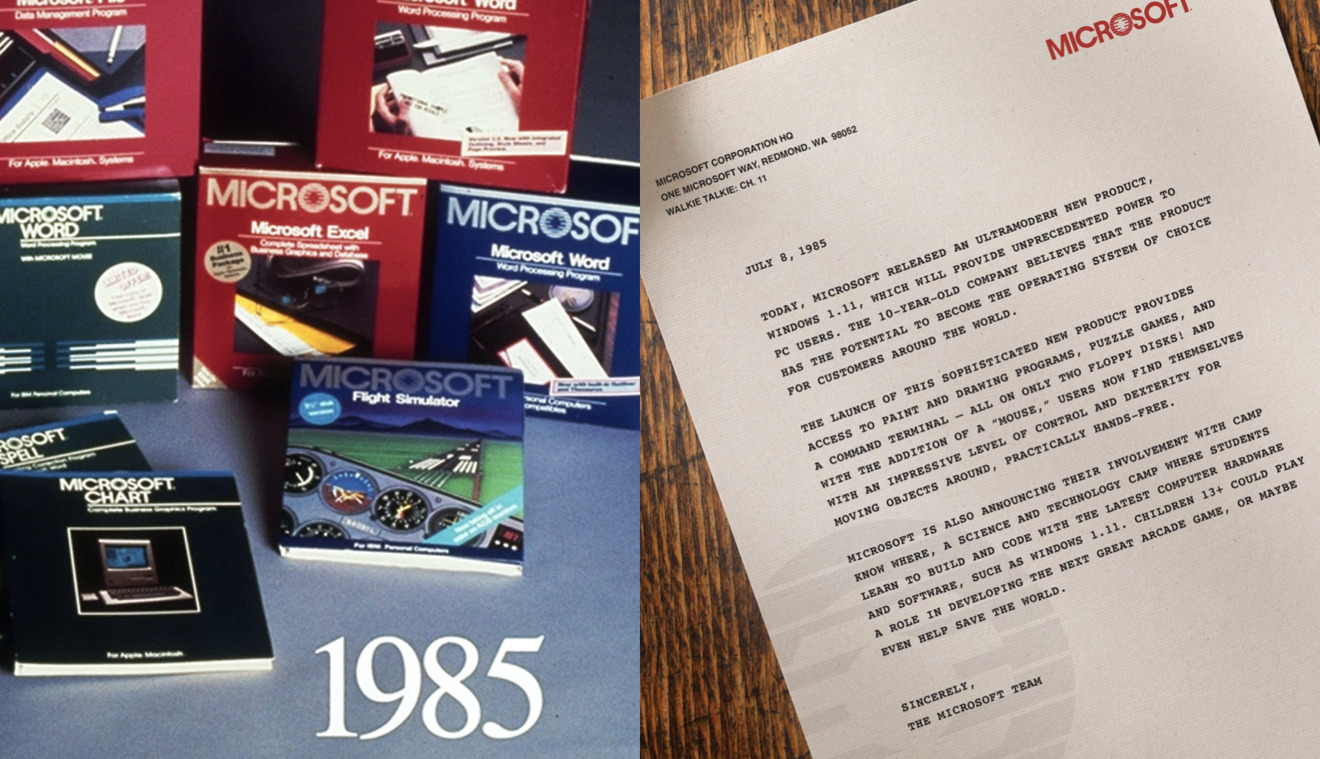


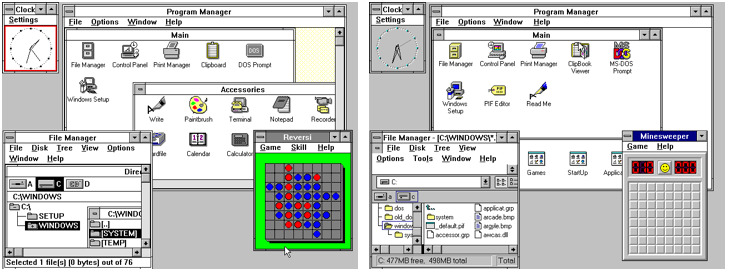
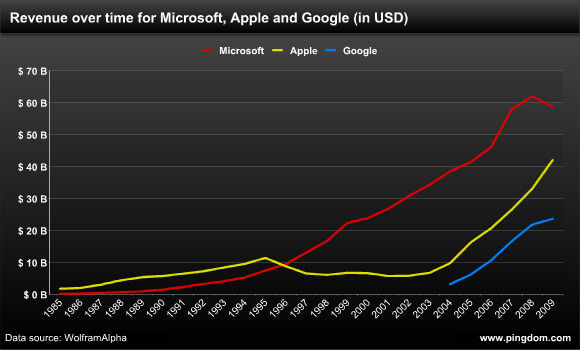




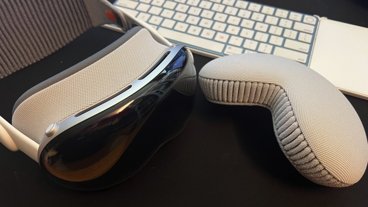


-m.jpg)





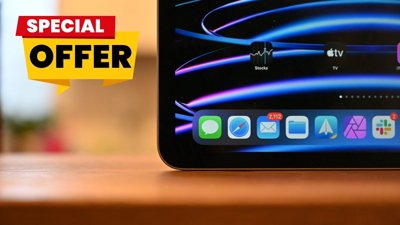
 Christine McKee
Christine McKee
 Malcolm Owen
Malcolm Owen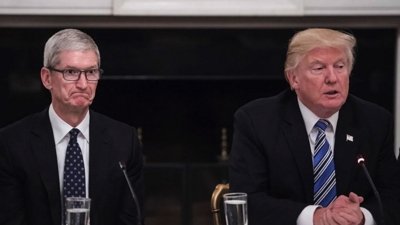

 Charles Martin
Charles Martin
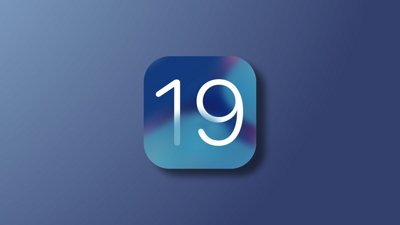
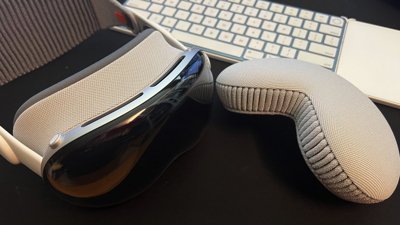
 Mike Wuerthele
Mike Wuerthele

-m.jpg)






39 Comments
Easily triggered, much?
Agree. I was there, even as a kid, and to me an 'Asteroids' nostalgia makes far more sense than a Windows 1.0 one.
Man, you're going to be pissed when you find out that all of Stranger Things is fictional.
This dude wrote 5,478,216,367,954,482,138 words about a Microsoft ad campaign tied to a Netflix show. Sweet Jeebus. Will somebody go hug this man? Tightly. Maybe with rope. Anything to keep him from a keyboard. :D :D
Yeah, people do get nostalgic about the toys they played with as a child. Windows 1.0 was absolutely a toy, so I guess it's going to be reminisced about just like Hot Wheels, Barbie, and other similar playthings from days gone by.